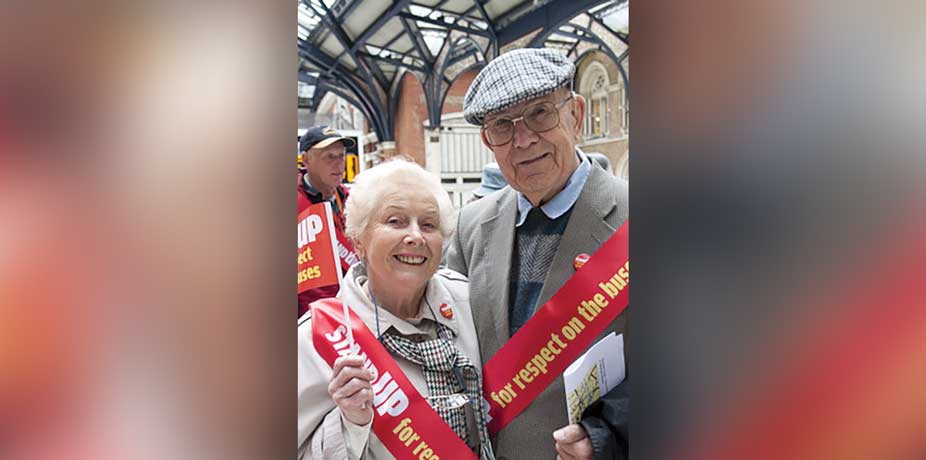In the first of a series of articles looking at historic photos of the local area found in a 100-year-old family album, historian Richard Arnopp presents a selection of images of Wanstead Park
Since 2007, I’ve been involved in the campaign to raise public awareness of Wanstead Park, an important and historic open space. I’ve also been an active researcher into various aspects of the park’s history, to inform the development of plans for the future by shedding light on its past.
One of my projects has been to build up a collection of historic images of Wanstead Park, Bush Wood and Wanstead Flats. In 2017, I acquired an album of photographs taken by members of the Hobbs family, some of whom lived locally. The album is dated 1896–1907 on the cover. There are just over 100 photos, of which at least seven are of Wanstead Park, which was what piqued my interest.
A related album sadly escaped, as bidding pushed the price beyond what I was willing to pay. Many of the photographs in the collection were faded, degraded or damaged to varying degrees, and it took a good deal of time and effort to restore them to the extent I was able.
Over the coming months, I’m going to give you a taste of this treasure trove of unique, original images. As well as local scenes, they incidentally shed light on social history, recreational activities, costume and some interesting personalities.
What makes the Hobbs album fascinating is that most of the people depicted are identifiable individuals. Finding the album was my first stroke of luck; the second was when I was contacted by a relative of the Hobbs family, Alys Wade, from Australia. Ms Wade had come across a selection of photos from the album which I had posted on my Wanstead Image Archive.
Ms Wade told me: “George Wilson Hobbs was born in Newport, Isle of Wight, in 1838. He, with his wife Fanny and their family, moved to Forest Gate around 1880 and resided at 35 Bignold Road for many years. They had previously been resident in Market Harborough, Leicestershire. Three of George and Fanny’s children became self-employed artists like their father and worked from a studio at home. Florence Emily married Frederick Dawe, a commercial artist, in 1901 and they had one son, Cedric, who became an artist and an art director in the film industry. A large silk embroidery was worked by at least one of the daughters, possibly Fanny Marian, on a Singer sewing machine and won first prize for the Singer Sewing Machine Company in the 1900 Paris Exposition. George Edward wrote and illustrated several children’s books on the theme of brownies (elves) and also stories and illustrations for children’s annuals. He painted landscapes and portraits and illustrated cards for the publisher Raphael Tuck.”
I’ll begin the series with some photographs taken in Wanstead Park.


























